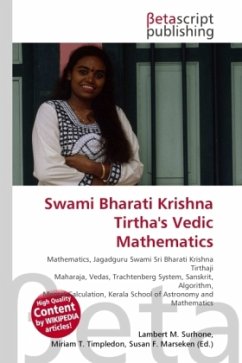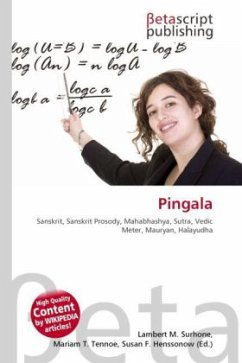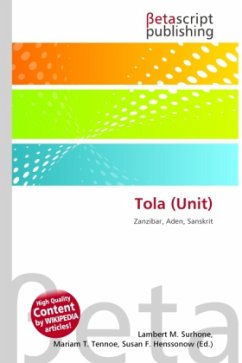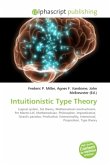The chakravala method is a cyclic algorithm to solve indeterminate quadratic equations, including Pell's equation. It is commonly attributed to Bh skara II, (c. 1114 1185 CE) although some attribute it to Jayadeva (c. 950 ~ 1000 CE). Jayadeva pointed out that Brahmagupta's approach to solving equations of this type could be generalized, and he then described this general method, which was later refined by Bh skara II in his Bijaganita treatise. He called it the Chakravala method: chakra meaning "wheel" in Sanskrit, a reference to the cyclic nature of the algorithm. E. O. Selenius held that no European performances at the time of Bh skara, nor much later, exceeded its marvellous height of mathematical complexity. This method is also known as the cyclic method and contains traces of mathematical induction. The problems which were solved by Brahmagupta in 628 using the chakravala method were indeterminate quadratic equations, including Pell's equation for minimum integers x and y.
Bitte wählen Sie Ihr Anliegen aus.
Rechnungen
Retourenschein anfordern
Bestellstatus
Storno








